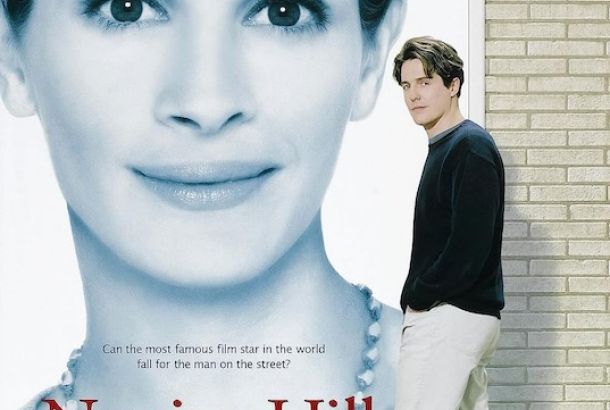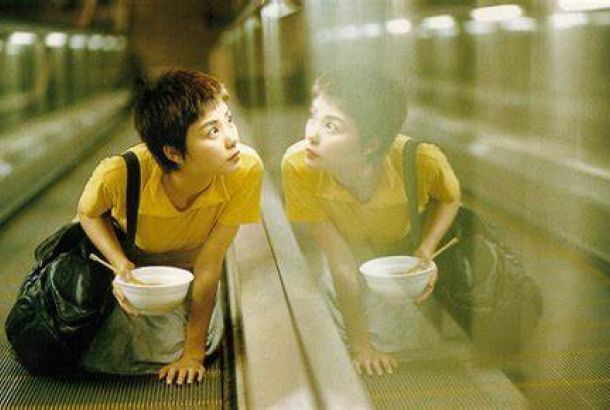Film History: New Wave
By Mancunion
When we think of Paris now, we think of thin women, baguettes and the Eiffel Tower. Rewind several decades to the 1940s and we begin to see it wasn’t all that. From 1946 to 1958, the Fourth Republic of France was in its post-war operation (the Nazis had left and American films were once again allowed to be shown). However, not all was rosy, and many people disliked the similarities to the pre-war conditions in which everything was traditional, classical, and limited, including the films.
There seemed to be no innovation or youth, this inevitably lead to the birth of the rebel cine-clubs, which prided themselves on non-commercial, individual cinema (think the Manchester Cornerhouse, but in France at a time of mainstream cinema fail). Henri Langlois was the Godfather of this whole situation, founding the Cinematheque Francais in 1936. It was one of the first art house cinemas in France.
From this cine-house others had emerged, including the hyped Cine-club du Quartier Latin (specialising in new American films) and Objectif 49 (specialising in new, unreleased films). It was at these cine-clubs that the future film-makers of the Nouvelle Vague movement were to meet – and so we pay homage to them.
The start of Nouvelle Vague itself was in the late 1950s and 1960s when films of free expression, communication and experiment were produced. At the beginning of the Fifth Republic of France, creativity was bouncing: and they pushed the boundaries. Literary tradition was out; stylistic visions were in. These visions were often based on classical Hollywood or Italian Neorealism; such predominant themes that often exposed truth, objective reality and personalisation. Nouvelle Vague dared to say what mainstream didn’t. This often meant showcasing the unspoken realities of everyday life. It could be anything from A and B in a silent film, or A having a flashback and B talking directly to the audience; thus breaking the fourth wall of cinema which often limited other films. The director was in charge of the film – it was their vision, their expression, their platform to use the camera as they saw fit. Sometimes cinema references were even included in these films; further proof that filmmaking ran in their very blood. Eminent names we should truly remember are; Bazin who created the infamous Cahiers film magazine most New-wavers wrote in; Godard, Rohmers, Trauffaut and Rivette. Nowadays Nouvelle Vague is still influential and relevant, showing its inspiring ability to sustain and reinvent. Its effect spread to America in the early 70s (creating New Hollywood), leading their film industry to truly benefit. Now when you watch Penn’s Bonnie and Clyde or Tarantino’s Reservoir Dogs, please remember it’s not just a film, but the baby of an ex-Parisian’s vision.
Sehrah Hussain







